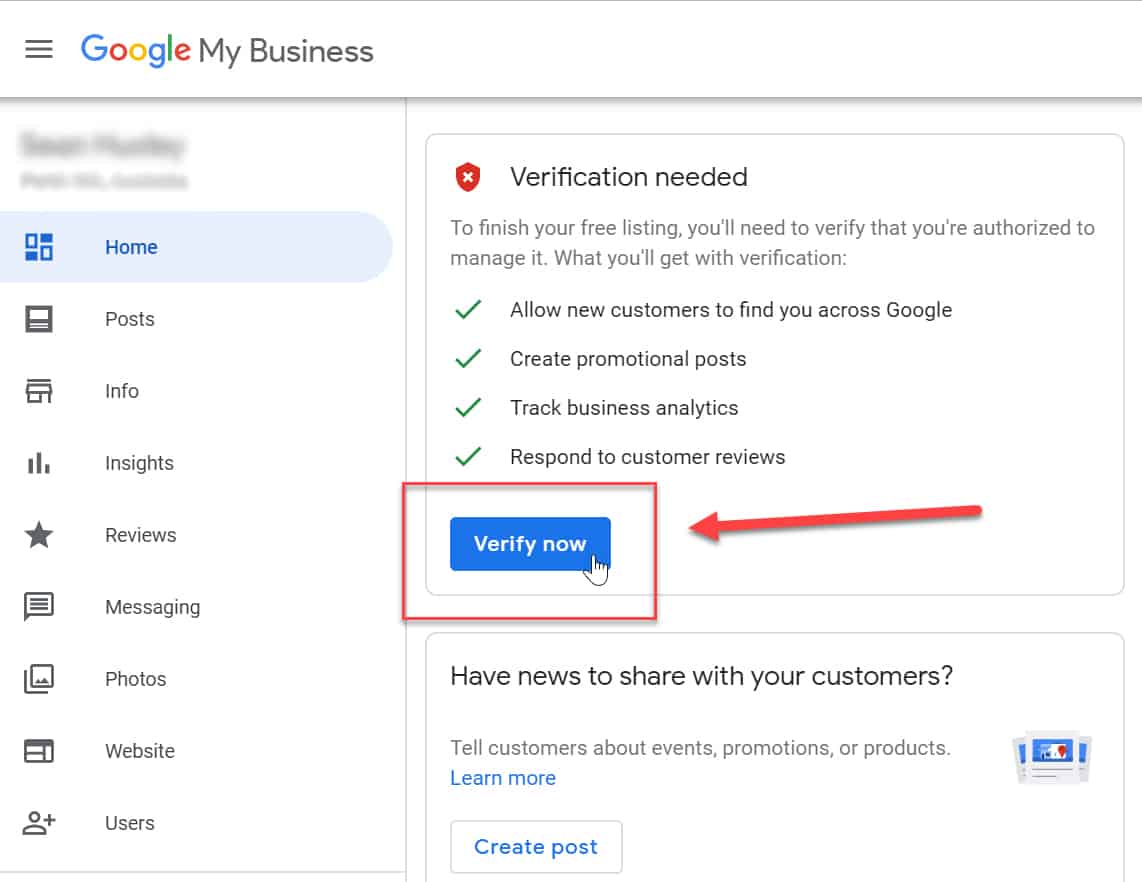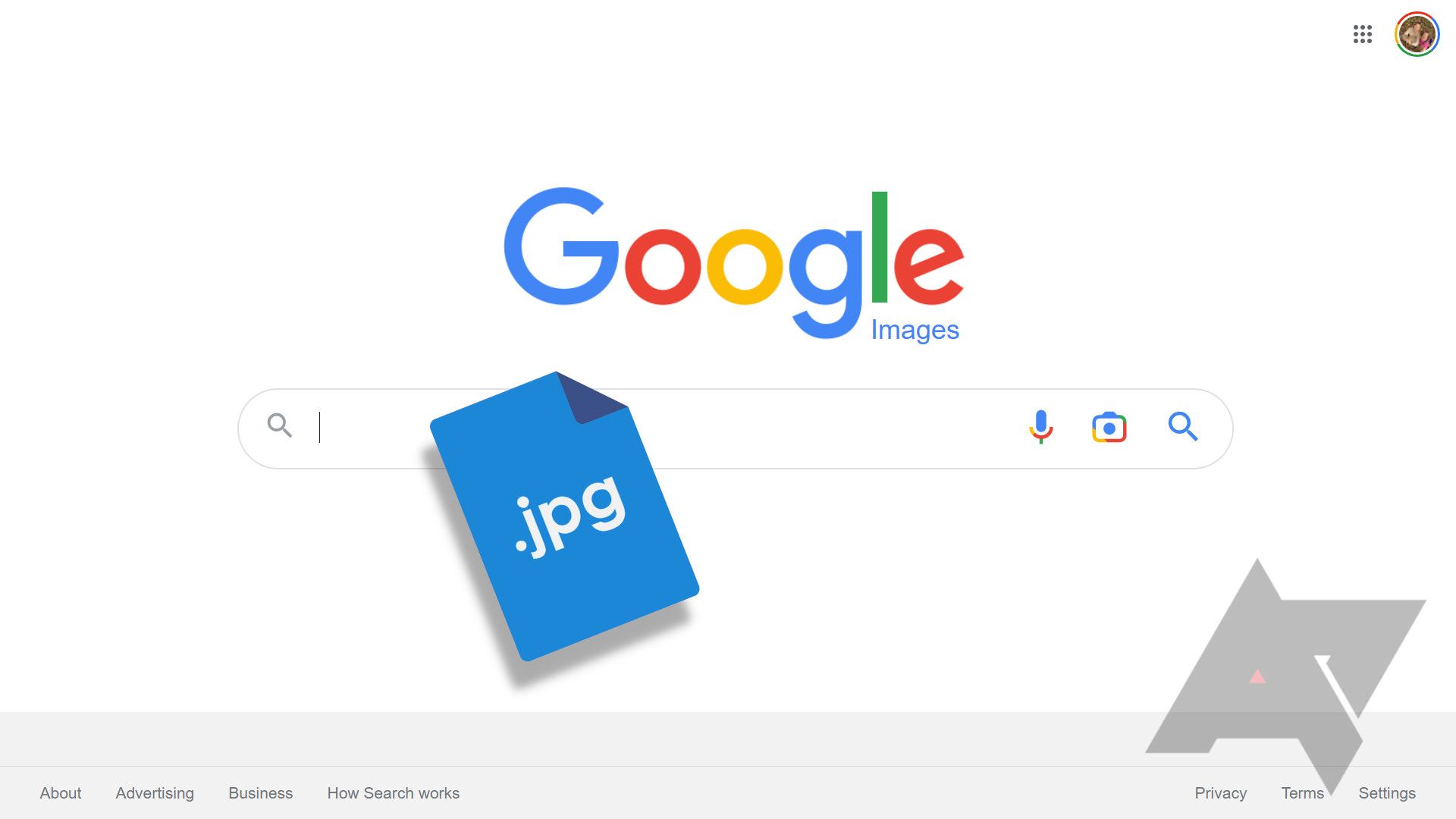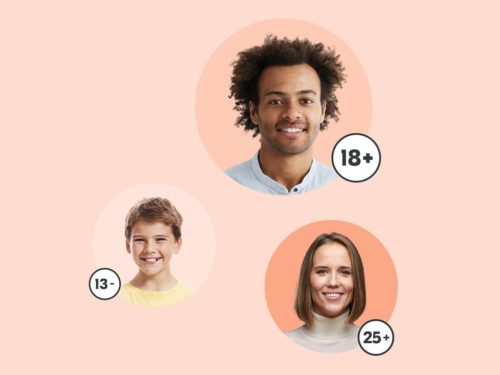Why Image Verification Matters in the Digital Age
In today’s digital landscape, images play a crucial role in shaping our perceptions and influencing our decisions. However, with the rise of social media and online platforms, the spread of misinformation and manipulated images has become a significant concern. This is where image verification comes in – a critical process that helps to ensure the authenticity and accuracy of visual content. One of the most effective ways to verify images is by using Google’s reverse search feature, which allows users to search for images by uploading or linking to an image. But why is image verification so important, and how can it help to combat misinformation?
The risks of misinformation are numerous, and can have serious consequences. Fake or manipulated images can be used to spread propaganda, influence public opinion, or even incite violence. Moreover, the ease with which images can be created and disseminated online has made it increasingly difficult to distinguish fact from fiction. This is why it’s essential to verify images before sharing or using them, especially in critical contexts such as news reporting, academic research, or business decision-making.
Google’s reverse search feature is a powerful tool in the fight against misinformation. By allowing users to search for images based on their visual content, rather than just keywords, it provides a more accurate and efficient way to verify image authenticity. This feature can help to identify fake or manipulated images, and provide context about the image’s origin and usage. By using Google’s reverse search feature, users can take a proactive step towards ensuring the accuracy and authenticity of visual content, and help to combat the spread of misinformation.
In the next section, we’ll explore the step-by-step process of conducting a reverse image search on Google, and provide tips on how to get the most out of this feature. Whether you’re a journalist, researcher, or simply a concerned citizen, learning how to verify images using Google’s reverse search feature is an essential skill in today’s digital age.
How to Conduct a Reverse Image Search on Google
Conducting a reverse image search on Google is a straightforward process that can be done on both desktop and mobile devices. To get started, follow these steps:
On a desktop computer, navigate to the Google Images website (https://images.google.com) and click on the camera icon in the search bar. This will open a new window where you can upload an image or enter the URL of an image you want to search for. Alternatively, you can also drag and drop an image into the search bar to initiate the search.
On a mobile device, open the Google app and tap on the camera icon in the search bar. This will open the Google Lens feature, which allows you to search for images using your device’s camera. You can also upload an image from your device’s gallery or enter the URL of an image you want to search for.
Once you’ve uploaded or entered the image, Google will display a list of search results that include similar images, as well as information about the image’s origin and usage. You can then use this information to verify the authenticity of the image and determine whether it’s been manipulated or used in a different context.
It’s worth noting that Google’s reverse image search feature is not foolproof, and it’s possible for images to be manipulated or fake. However, by using this feature in conjunction with other verification techniques, you can increase the chances of accurately identifying the authenticity of an image.
In addition to using Google’s reverse image search feature, you can also use other tools and techniques to verify image authenticity. For example, you can use image editing software to examine the image’s metadata and look for signs of manipulation. You can also use fact-checking websites and other online resources to verify the accuracy of the image and its context.
In the next section, we’ll take a closer look at how Google’s image search algorithm works, and how it can help with image verification.
Understanding Google’s Image Search Algorithm
Google’s image search algorithm is a complex system that indexes and ranks images based on their relevance, quality, and context. The algorithm uses a combination of techniques, including computer vision, machine learning, and natural language processing, to analyze images and determine their content, meaning, and significance.
When you conduct a reverse image search on Google, the algorithm uses the uploaded or linked image as a query to search for similar images in its vast database. The algorithm then analyzes the image’s visual features, such as colors, shapes, and textures, to identify patterns and matches. This process is known as image recognition, and it allows Google to identify images that are similar in content and context.
Google’s image search algorithm also uses metadata, such as image captions, descriptions, and tags, to provide additional context and information about the image. This metadata is often provided by the image’s creator or uploader, and it can help the algorithm to better understand the image’s meaning and significance.
In addition to image recognition and metadata analysis, Google’s algorithm also uses other signals, such as the image’s popularity, relevance, and authority, to rank images in search results. This ensures that the most relevant and useful images are displayed at the top of the search results, while less relevant images are displayed lower down.
Understanding how Google’s image search algorithm works can help you to use the reverse image search feature more effectively. For example, you can use the algorithm’s image recognition capabilities to identify similar images and verify the authenticity of an image. You can also use the algorithm’s metadata analysis capabilities to gather more information about an image and its context.
In the next section, we’ll discuss how to use Google Images to identify fake or manipulated photos, including how to look for inconsistencies and red flags.
Using Google Images to Identify Fake or Manipulated Photos
Google Images can be a powerful tool in identifying fake or manipulated photos. By using the reverse image search feature, you can quickly and easily verify the authenticity of an image. Here are some tips on how to use Google Images to identify fake or manipulated photos:
Look for inconsistencies: When searching for an image on Google, look for inconsistencies in the search results. If the image appears in multiple different contexts or with different captions, it may be a sign that the image has been manipulated or fabricated.
Check the image’s metadata: Google Images provides metadata about the image, such as the date it was uploaded, the camera used to take the photo, and the image’s resolution. Check this metadata to see if it matches the image’s supposed origin and context.
Use the “Visually similar images” feature: Google Images provides a “Visually similar images” feature that allows you to see other images that are similar to the one you’re searching for. This can be useful in identifying fake or manipulated photos, as similar images may have been used in different contexts.
Check for red flags: Be wary of images that have been heavily edited or manipulated. Look for red flags such as inconsistent lighting, strange shadows, or unnatural colors.
Use multiple search engines: Don’t rely on just one search engine to verify an image’s authenticity. Use multiple search engines, such as Bing or Yahoo, to see if the image appears in different contexts or with different captions.
Fact-check the image: Finally, fact-check the image by verifying the information provided in the image’s caption or metadata. Check to see if the image has been used in other contexts or if it has been manipulated or fabricated.
By following these tips, you can use Google Images to identify fake or manipulated photos and verify the authenticity of an image. In the next section, we’ll discuss best practices for image verification on Google.
Best Practices for Image Verification on Google
Verifying image authenticity on Google requires a combination of technical skills and critical thinking. Here are some best practices to help you get the most out of Google’s reverse image search feature:
Use multiple search engines: Don’t rely on just one search engine to verify an image’s authenticity. Use multiple search engines, such as Bing or Yahoo, to see if the image appears in different contexts or with different captions.
Use fact-checking websites: Fact-checking websites, such as Snopes or FactCheck.org, can provide additional information about an image’s authenticity. Use these websites to verify the accuracy of the image and its context.
Check the image’s metadata: Google Images provides metadata about the image, such as the date it was uploaded, the camera used to take the photo, and the image’s resolution. Check this metadata to see if it matches the image’s supposed origin and context.
Use the “Visually similar images” feature: Google Images provides a “Visually similar images” feature that allows you to see other images that are similar to the one you’re searching for. This can be useful in identifying fake or manipulated photos, as similar images may have been used in different contexts.
Be cautious of images with low resolution: Images with low resolution may be more difficult to verify, as they may not provide enough detail to determine their authenticity.
Use advanced image search techniques: Google Images provides advanced search techniques, such as filters and operators, that can help you refine your search results. Use these techniques to narrow down your search and find more relevant results.
By following these best practices, you can increase the accuracy of your image verification and make more informed decisions about the images you use. In the next section, we’ll discuss common mistakes to avoid when verifying images on Google.
Common Mistakes to Avoid When Verifying Images on Google
When verifying images on Google, it’s essential to avoid common mistakes that can lead to inaccurate results. Here are some common mistakes to avoid:
Relying on a single search result: Don’t rely on just one search result to verify an image’s authenticity. Instead, use multiple search engines and fact-checking websites to verify the accuracy of the image and its context.
Ignoring context: Context is crucial when verifying images on Google. Make sure to consider the image’s caption, metadata, and surrounding text to get a better understanding of its authenticity.
Not checking for inconsistencies: Inconsistencies in the image’s metadata, caption, or surrounding text can be a red flag for fake or manipulated photos. Make sure to check for inconsistencies and investigate further if you find any.
Not using advanced image search techniques: Google Images provides advanced search techniques, such as filters and operators, that can help you refine your search results. Make sure to use these techniques to narrow down your search and find more relevant results.
Not considering the image’s source: The source of the image can be a crucial factor in determining its authenticity. Make sure to consider the image’s source and investigate further if you’re unsure about its credibility.
Not verifying the image’s date: The date of the image can be a crucial factor in determining its authenticity. Make sure to verify the image’s date and investigate further if you’re unsure about its accuracy.
By avoiding these common mistakes, you can increase the accuracy of your image verification and make more informed decisions about the images you use. In the next section, we’ll discuss advanced image search techniques on Google.
Advanced Image Search Techniques on Google
Google Images provides a range of advanced search techniques that can help you refine your search results and find more relevant images. Here are some advanced image search techniques you can use:
Use filters: Google Images provides a range of filters that can help you narrow down your search results. You can filter by image size, color, and type, as well as by usage rights and more.
Use operators: Google Images supports a range of operators that can help you refine your search results. For example, you can use the “site:” operator to search for images within a specific website, or the “filetype:” operator to search for images of a specific file type.
Use quotes: Using quotes around your search terms can help you search for exact phrases and find more relevant results.
Use the “Tools” menu: The “Tools” menu in Google Images provides a range of advanced search options, including the ability to search for images by color, size, and more.
Use the “Advanced search” page: The “Advanced search” page in Google Images provides a range of advanced search options, including the ability to search for images by usage rights, file type, and more.
By using these advanced image search techniques, you can refine your search results and find more relevant images. In the next section, we’ll summarize the importance of image verification in today’s digital landscape and encourage readers to use Google’s reverse search feature to verify image authenticity.
Conclusion: The Importance of Image Verification in the Digital Age
In today’s digital landscape, verifying image authenticity is crucial to combat misinformation and ensure the accuracy of visual content. Google’s reverse search feature is a powerful tool that can help individuals verify the authenticity of images and identify fake or manipulated photos. By understanding how to conduct a reverse image search on Google and using advanced image search techniques, users can make informed decisions about the images they encounter online.
It is essential to remember that image verification is an ongoing process that requires critical thinking and attention to detail. By following best practices for image verification on Google, such as using multiple search engines and fact-checking websites, users can increase the accuracy of their results. Additionally, being aware of common mistakes to avoid when verifying images on Google, such as relying on a single search result and ignoring context, can help users avoid pitfalls and ensure the authenticity of the images they verify.
As the digital landscape continues to evolve, the importance of image verification will only continue to grow. By learning how to check images in Google and using the reverse search feature effectively, individuals can take an active role in promoting accuracy and trust online. Whether you’re a journalist, researcher, or simply a concerned citizen, verifying image authenticity is a critical skill that can help you navigate the complexities of the digital age.
In conclusion, verifying image authenticity is a critical aspect of maintaining accuracy and trust online. By leveraging Google’s reverse search feature and following best practices for image verification, users can ensure the authenticity of the images they encounter and promote a more informed and critical online community. By taking the time to learn how to check images in Google, individuals can make a positive impact on the digital landscape and help to combat the spread of misinformation.







